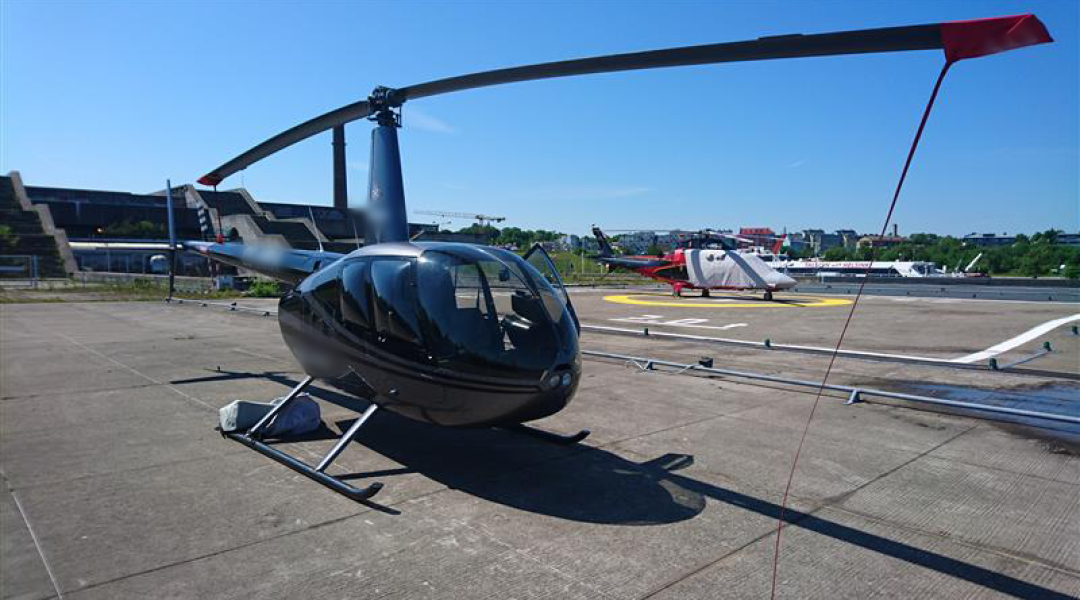BAKU, Azerbaijan, July 8. The Estonian Transport Administration has laid its cards on the table regarding its 2025 focus areas for non-commercial aviation oversight, putting the spotlight on helicopter operations in bustling urban areas, parachuting activities, and general aviation at events and smaller airfields, Trend reports.
In recent years, there has been a noticeable increase in incidents involving helicopters operating in residential zones in ways that have raised safety concerns among both the public and aviation inspectors. The agency has received multiple complaints from citizens regarding landings that may not comply with aviation safety regulations, posing risks to public safety and property. In response, the Transport Administration will intensify its monitoring of helicopter operations and is considering updates and clarifications to existing regulations.
Another key area flagged as a safety concern involves parachuting-related flight activities. The Administration aims to map the current situation in Estonia and ensure compliance with safety standards. According to regulations, commercial parachuting flights are classified as high-risk special operations requiring authorization. Currently, no parachuting clubs in Estonia hold such a permit from the Transport Administration.
This aviation season, general aviation oversight will also extend to larger public events often attended by aircraft, as well as smaller airfields across the country. Inspectors will focus on verifying pilots’ licenses and aircraft documentation, including airworthiness certificates, insurance policies, and flight manuals. Special attention will be given to pilots’ pre-flight preparations and the technical condition of the aircraft.
In 2024, a total of 22 aircraft were inspected under the general aviation oversight program. Deficiencies were found in 15 cases, mostly related to outdated or missing pilot and aircraft documentation, as well as issues with onboard safety equipment. The majority of safety violations involving private pilots were linked to unauthorized airspace incursions.
“Prevention, along with regularly refreshing one’s aviation knowledge and piloting skills, remains the most effective form of oversight. Together, we can make aviation even safer. We also urge pilots to avoid unnecessary maneuvers during flight and to remain mindful of nearby residents by reducing excessive noise, dust, or disruption to livestock,” said Ivo Tolga, Head of the Airworthiness Division at the Transport Administration.
The agency underscores to all aviators that optimal operational
efficacy commences with comprehensive pre-flight protocols and
culminates in a meticulous post-flight debrief—an indispensable
component in the iterative enhancement of safety metrics.
Flight commanders are mandated to conduct comprehensive risk
assessments pre-flight and in-flight, employing strategic
interventions to mitigate or attenuate identified hazards. Captains
are additionally incentivized to proactively disclose any pertinent
observations, infractions, or occurrences that could impact the
overarching framework of aviation safety. These documents are
classified and utilized exclusively for the optimization of safety
protocols.
The primary objective of the Estonian Transport Administration is
to guarantee that exclusively certified aviators and airworthy
aerial vehicles navigate the airspace above Estonia.
Stay up-to-date with more news on Trend News Agency's WhatsApp channel







